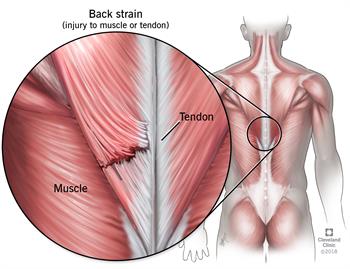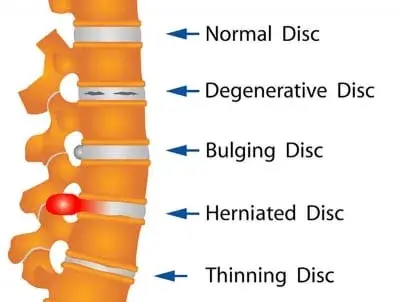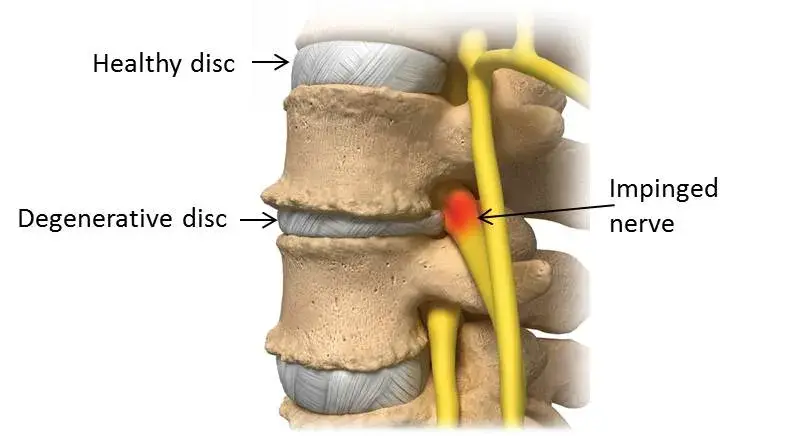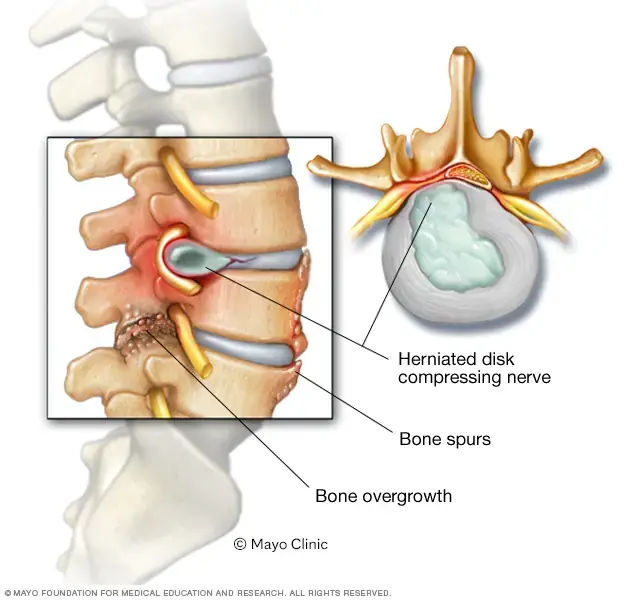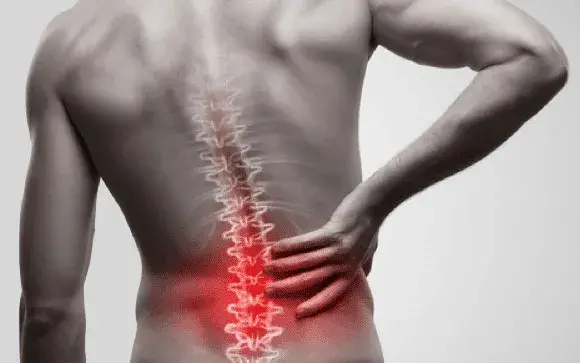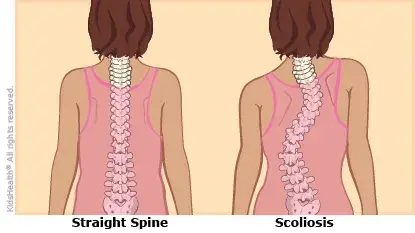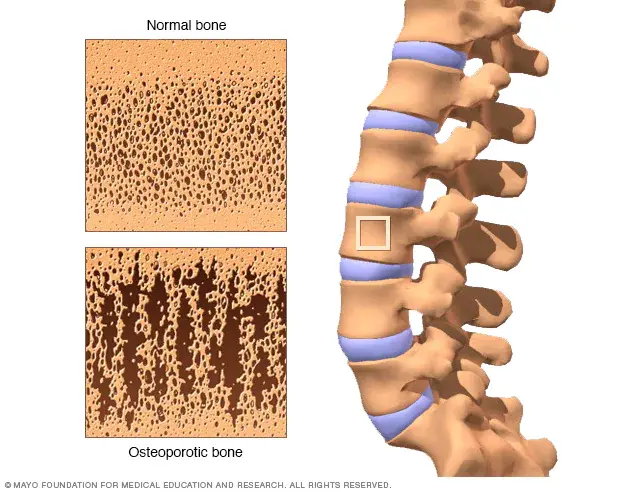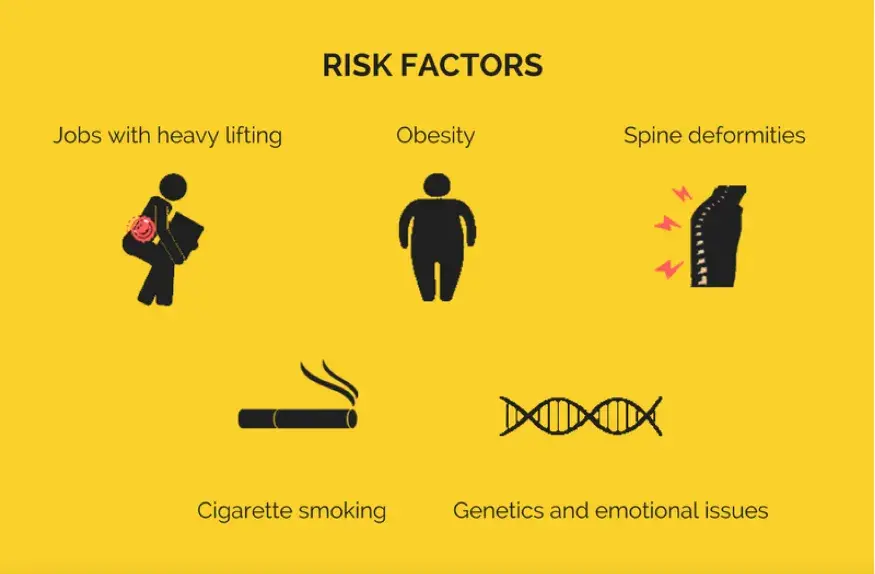
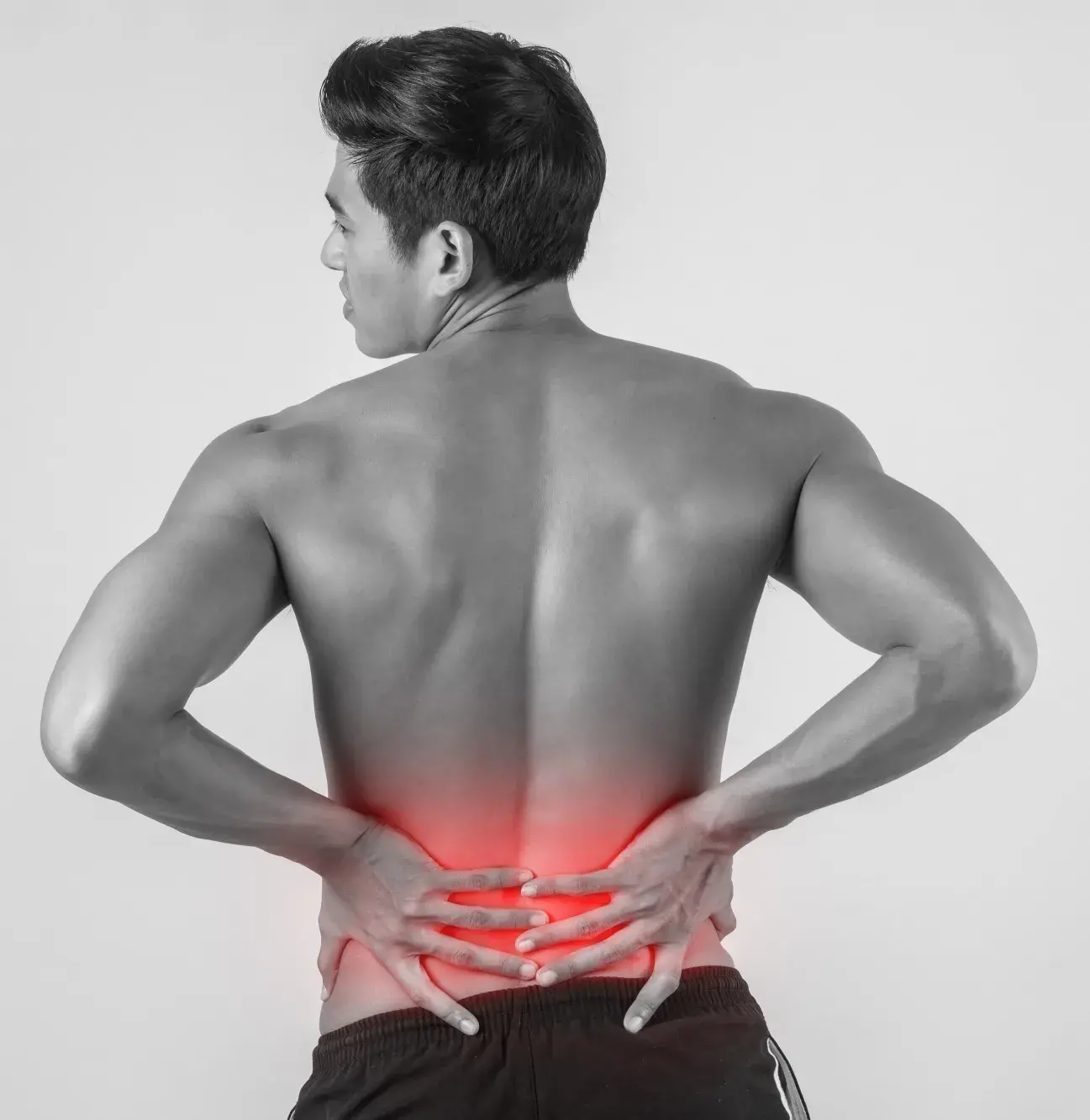
Back pain can significantly impact mobility and daily activities. Understanding the causes, symptoms, and treatment options is essential for effectively managing hip pain and improving quality of life. is a common problem that can arise from various causes, such as osteoarthritis, bursitis, tendinitis, hip fractures, or muscle strains. Symptoms of hip pain may include discomfort or aching in the hip joint, groin area, or thigh. Pain can be aggravated by movement, prolonged sitting, or weight-bearing activities. Treatment options for hip pain depend on the underlying cause and may include conservative approaches like rest, physical therapy, pain medications, and the use of assistive devices such as canes or crutches. In more severe cases, surgical interventions like hip replacement or arthroscopy may be necessary. Lifestyle modifications, such as maintaining a healthy weight, regular exercise (including low-impact activities), and avoiding activities that exacerbate pain, can also help manage hip pain effectively. Consulting a healthcare professional is important for proper diagnosis and personalized treatment recommendations.
